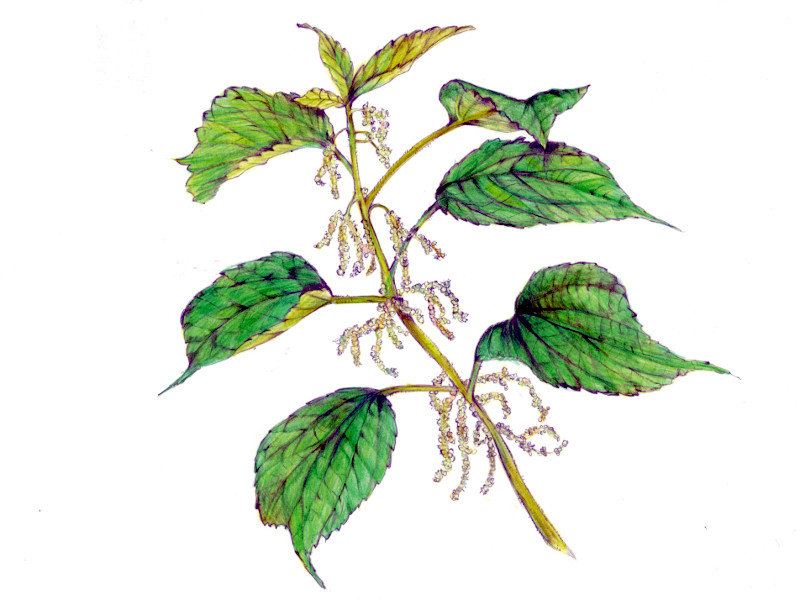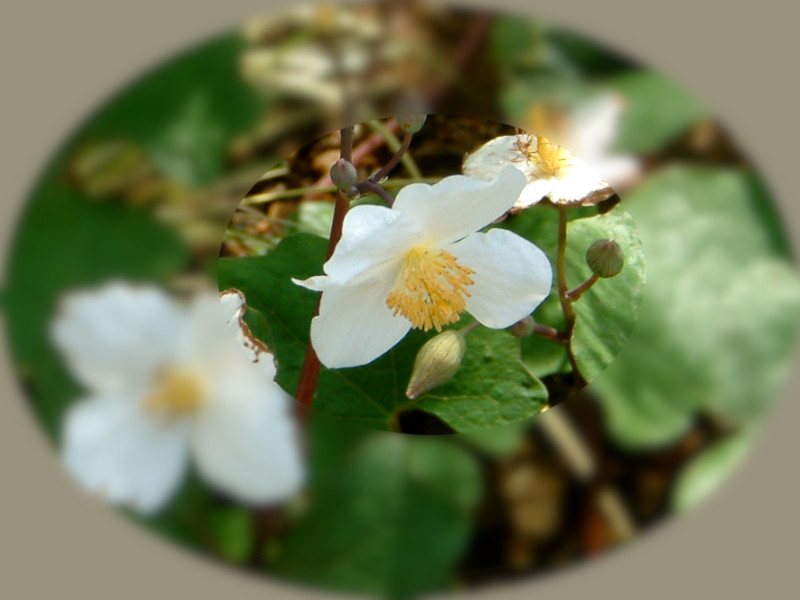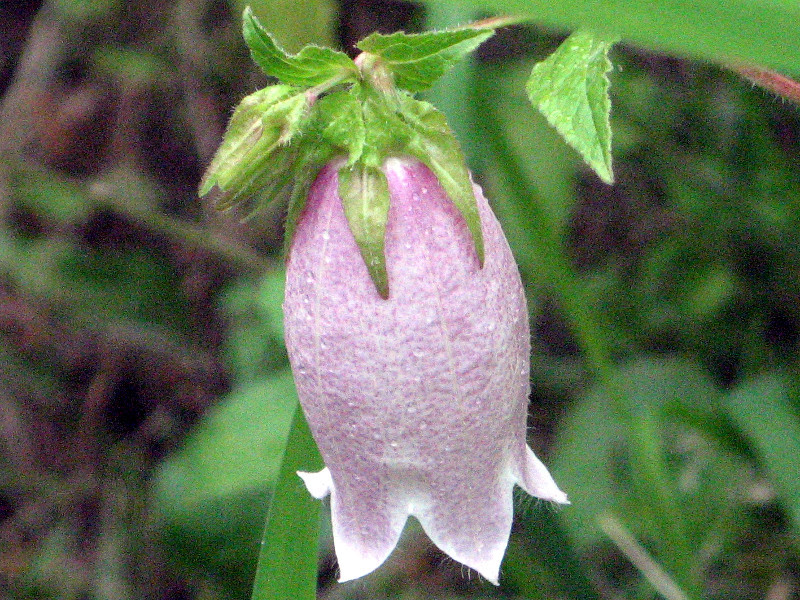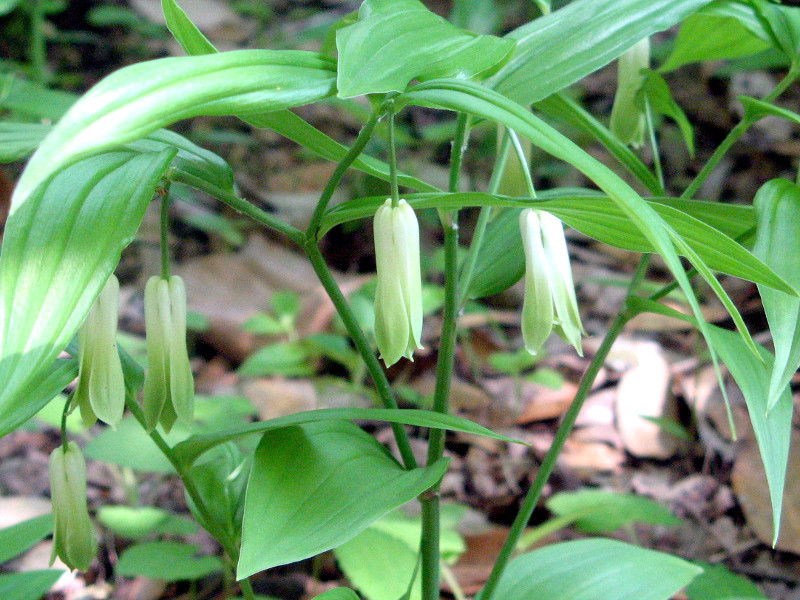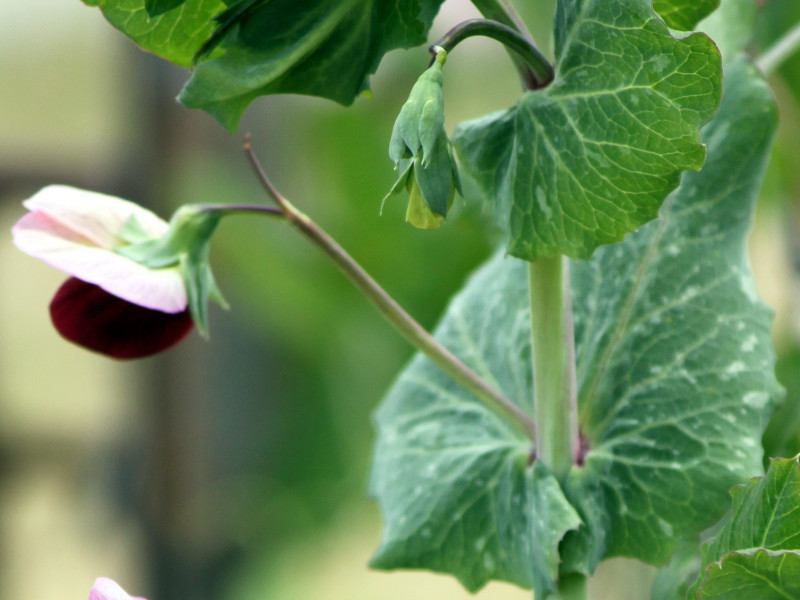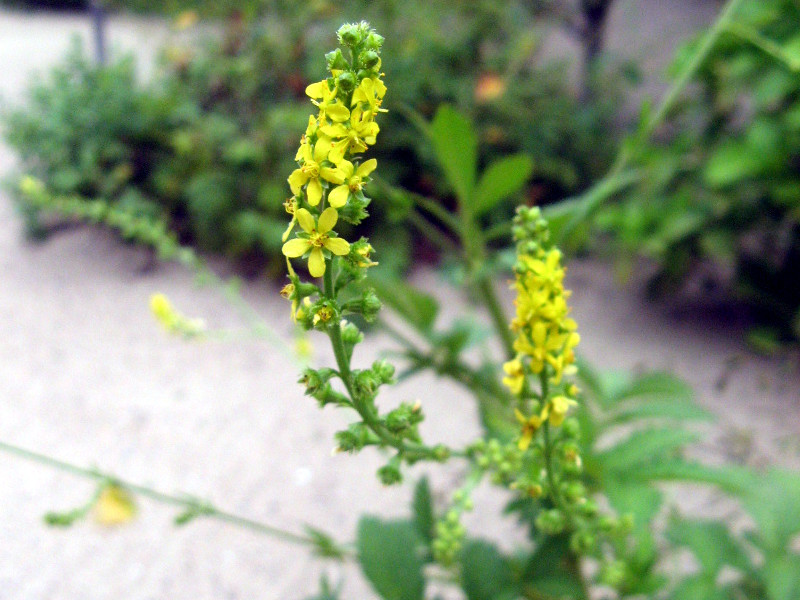Boehmeria nivea
- Flower nameBoehmeria nivea
- Scientific nameBoehmeria nivea var. nipononivea
- Alias紵
- Place of originJapan
- Place of floweringFields and footpaths, Low mountains
- Flowering seasonAugust, September, October
What is Boehmeria nivea
Boehmeria nivea, Ramie or Karamushi, scientific name: Boehmeria nivea, is a perennial herb of the nettle family Karamushi, native to the Indochina Peninsula to China. It was introduced to Japan from China via the Korean Peninsula in the late Jomon period. The Japanese name "calamusi" is said to be derived from the Korean word "mosi" and "kara" of the Korean dynasty at that time. In the Manyo period (710-794), it was mainly used for extracting fiber. In East Asia, it is still a useful plant today, and natural fiber is extracted from the stem bark fiber and used to make cloth and paper, the leaves and roots are used for medicinal purposes, and the seeds are used for food and soap. In Japan, it is currently used as a raw material for Echigo Kamifu and other products. The grass is 100 to 150 cm tall. The stem is densely covered with short, upward-pointing attached hairs. The leaves have petioles and are not glossy, with white hairs on the underside. The leaves are broadly ovate, 10-15 cm long, with acuminate tips, serrated at the margins, and attached in alternate clusters. It is dioecious. Female inflorescences are produced in the leaf axils at the top of the stem, and male inflorescences are produced in the leaf axils of the branches. Both inflorescences are conical in shape. It is a wind-pollinated flower and a pollinator. It is also mentioned in the Manyoshu, the oldest anthology of Japanese poetry, under the name "kamushi".
Common name: Boehmeria niveaor Ramie, scientific name: Boehmeria nivea, Distribution: Honshu, Shikoku, Kyushu, Okinawa Environment: People's villages, fields, mountains, riverbanks, Height: 100-150 cm, Petiole length: 3-9 cm, Leaf texture: unglaucous, Leaf underside: white hairs, Leaf length: 10-15 cm, Orbicularia: alternate, Leaf shape: broadly ovate with an acute tip, Leaf margin: serrate, Dioecious, Inflorescence: conical, Flowering period: August to October, Male flowers: yellowish white, Female flowers: light green, Female flowers: spherical inflorescence diameter: 0.3 cm, male flowers: 4 white stamens + 4 petals, stamen flower diameter: 0.5 cm, fruit type: capsule, uses: fiber for fiber, root for medicine, special note: wind-pollinated, food plant of red-flanked hawk, fucus sparrow, louse-eared bulbulid, etc.
